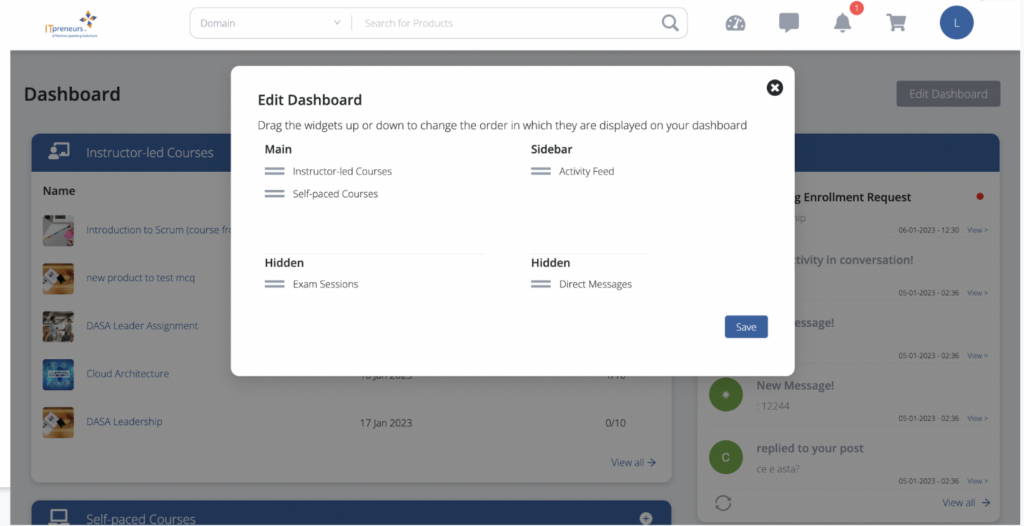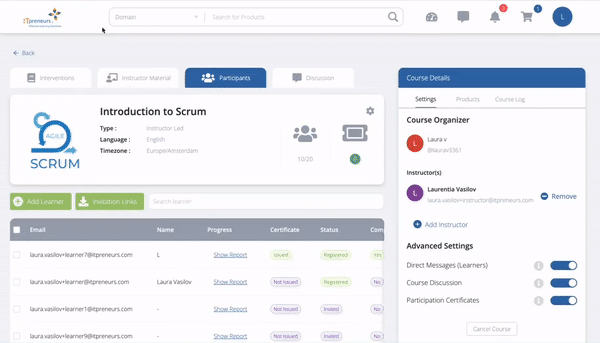Long gone are the days that IT was run by men in white coats who had an all-round understanding of the whole IT domain. Whether it was hardware, system software or applications, development or operations, they knew their stuff. Even the business seemed to be within their domain, in the sense that the business entrusted these clever ‘boffins’ with leading them in the new discipline of automating business processes.
But with the inevitable standardization—and more recent commoditization—of IT, the IT function has specialized into multiple silo’s, often with poor collaboration between them. Whether we’re talking about the internal IT department or external service providers, there is a multitude of seemingly autonomous yet intimately intertwined parties that have to be aligned in order to enable our increasingly complex information systems to work.
Pressure on IT to Respond Faster to Change has Led to the Uptake of Multi-Disciplinary Initiatives
This in itself is hard enough, but to make it worse, the business needs IT to respond to change more rapidly than before. This has resulted in the uptake of multi-disciplinary initiatives such as the Agile movement, in which business and IT collaborate closely in developing releases of applications. In practicing Agile, people often apply the Scrum method, with a focus on producing software in Potentially Shippable Increments that are ready to be deployed. Deployment, however, seems to be out of scope of many Agile teams, resulting in a backlog of Potentially Shippable Increments waiting to be deployed by a traditionally bureaucratic IT operations department that is intent on minimizing disruption by a high-procedure approach. The Agile movement has a broader scope than Scrum, but this limited scope is often the case.
The next step of the recent evolution of multi-disciplinary approaches is DevOps. The term DevOps is a portmanteau of development and operations. Just as Agile has facilitated closer collaboration between the business and development, DevOps does the same for development and IT operations with a focus on both speeding up and improving the quality of the deployment process and in so doing, eliminating the backlog of Potentially Shippable Increments waiting for deployment. Strictly speaking, DevOps has a broader scope than just deployment and also encourages business involvement, but people often focus on realizing highly-automated continuous integration and deployment, which is challenging enough. This more limited scope of DevOps is often referred to as DevOps Lite.
By Adopting a Less Formalized yet Disciplined Way of Working, ITSM ‘Ops’ Can Collaborate Better with ‘Dev’
In order to collaborate better with ‘Dev’, the IT Service Management people who do ‘Ops’ need to adopt a less formalized yet still disciplined way of working. This is addressed by DevOps. In addition to these behavioral skills, IT Service Management also needs a better understanding of the Dev domain. This knowledge can be acquired from various sources, amongst which the ASL® and ITIL® frameworks. There is a great degree of overlap between ITIL and ASL, and where ITIL provides excellent guidance for the broader IT Service Management domain that includes Application Management, ASL focuses on Application Management and gives more detailed guidance expressed in language that is more familiar to Application Development / Application Management practitioners.
Whereas ITIL will need no further introduction to the majority of readers of this blog, ASL may be less well known. The Application Services Library was developed in the late nineties at the Dutch national computer centre, and was transferred to a not-for-profit foundation in 2004. The ASL BiSL Foundation has expanded the ASL best practices, and the most recent version – ASL®2 – provides guidance for application management practitioners in our current ecosystem with multiple specialized providers.
ASL 2 is a framework that details the domain Application Management in terms of activities, results and relationships, and clusters them into 26 processes. It provides guidance for roles in application development, maintenance and renewal, application support, application strategy and architecture, application management and service management.
Knowledge of this domain can be acquired by studying various ASL 2 publications, taking the 2-day training and validating this new knowledge by taking the 1 hour, 40 multiple-choice question examination. From an ‘Ops’ perspective, this professional qualification demonstrates that the IT Service Management practitioner understands the basics of ‘Dev’ and is therefore well-equipped to collaborate in a multidisciplinary way of working such as DevOps.
The relationship between ITIL and ASL are well documented in the AXELOS white paper ITIL V3 and ASL: Sound Guidance for Application Management and Application Development. The relationship is summarized as ‘Living Apart Together’: they have many common interests and frequently (have to) interact, but it’s also nice to have a home of your own.
More information on ITpreneurs courses is available in the ITpreneurs Course Catalog.
Need more information? Please contact ITpreneurs.
About the author

Mark is an IT Management Consultant at Smalley.IT and Delivery Partner for GamingWorks’ The Phoenix Project and MarsLander business simulations.
He is a contributor to bodies of knowledge such as ASL, BiSL, BRM, COBIT, DevOps, IT4IT, ITIL, and VeriSM. He is Lead Editor of ITIL 4 High Velocity IT. Mark has lectured at various universities and has spoken at hundreds of events in more than thirty countries.



